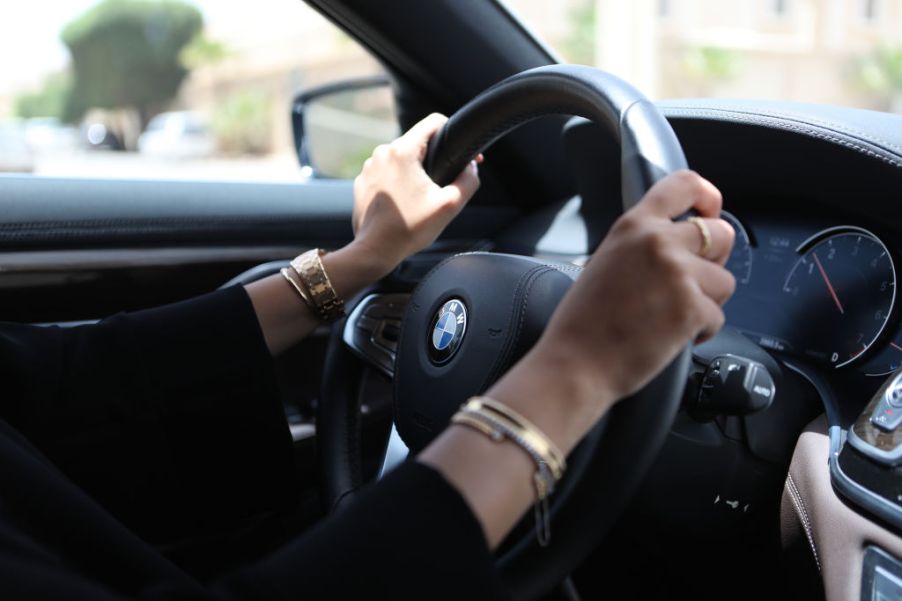
Driver Assist Features Explained
While we might not have completely fully autonomous cars just yet, we at least have semi-autonomous ones on the road. No, we’re not just talking about Tesla and their Autopilot system, which DOES NOT make the car fully autonomous, no matter what anyone tells you. We’re talking about the ubiquitous driver-assist features that are in just about everything from a Toyota Corolla to an Audi S8.
Driver-assist features have been around in some cars for almost a decade now, and they’re meant to take some of the stress out of driving and keep you and your occupants safe. Chances are, though, if your car is equipped with any of these systems, you’ve probably never used them or didn’t even know what they are. So let’s break down the most common driver-assist features you’ll find in just about any new car today.

What are driver assist features?
When shopping for a new car, you’ve probably checked out a few different ones of interest and poured over the options list and seen things like “forward collision warning,” “adaptive cruise control,” and “automatic emergency braking.” In most cars, they’re usually part of an optional, or even standard, package (typically referred to as a “suite”). Different manufacturers will have different names for them; for example, Honda has “Honda Sensing,” Toyota has “Safety Sense,” and Ford has “Co-Pilot 360.” They’re all fancy names to describe the same thing, so let’s go over some of the most commonly found driver-assist features in cars today.
- Adaptive cruise control: Adaptive cruise control automatically adjusts the speed of your car to the car in front of you in order to maintain a safe distance. It does this by using a radar built into the front bumper and allows the driver to adjust the distance as well.
- Blind spot monitor: A sensor device, usually located in the side mirrors, that detects vehicles in your blind spots.
- Forward collision warning: A system that alerts the driver that they are getting too close to the car in front of them. Typically, if a crash is imminent, most systems will automatically apply brake pressure to help slow the car down and minimize damage.
- Lane departure warning: A mechanism that warns the driver that the car is moving out of its lane unless the turn is activated.
- Lane keep assist: A system that automatically takes steps to keep the car centered in the lane by autonomous assisting the steering.
- Parking sensors: Ultrasonic sensors that are usually located on the front and rear bumper, which give the driver an audible warning when the is too close to an object, typically in low-speed parking situations.
- Traffic sign recognition: A technology that recognizes traffic signs such as speed limits, “no turn on red,” and even “children crossing” signs to alert the driver.
- Driver alertness detection: A technology that uses monitors steering patterns, the vehicle’s position in the lane, and even the driver’s eyes and face to detect if they are getting drowsy. In the case it does detect drowsiness, it will alert the driver audibly and visibly.
Please note that the terminology and definitions used here are general, as these systems have different names in different cars. But generally, they all do the same thing.
How do they work?
As a general blanket description (since different car manufacturers use different technologies for each), these systems are activated via ultrasonic sensors, radar, and lidar (laser radar). Car manufacturers will usually design their cars so that these sensors are hidden from the untrained eye. For example, have you ever wondered why the Acura emblem is so huge on most of their cars? There’s actually a radar behind it, which is the main component in the adaptive cruise control system in their AcuraWatch safety suite.
Driver assist features are important to know when shopping for a new car

Now that we’ve highlighted some of the most common driver-assist features found in most cars today, you’ll be better equipped to understand the “safety” portion of the window sticker on any new car that you might be shopping for. If you’re still hazy about what each one is and where the sensors are located, ask the car salesperson at the dealership, and they’ll gladly point them out. That is if they know where they are.





